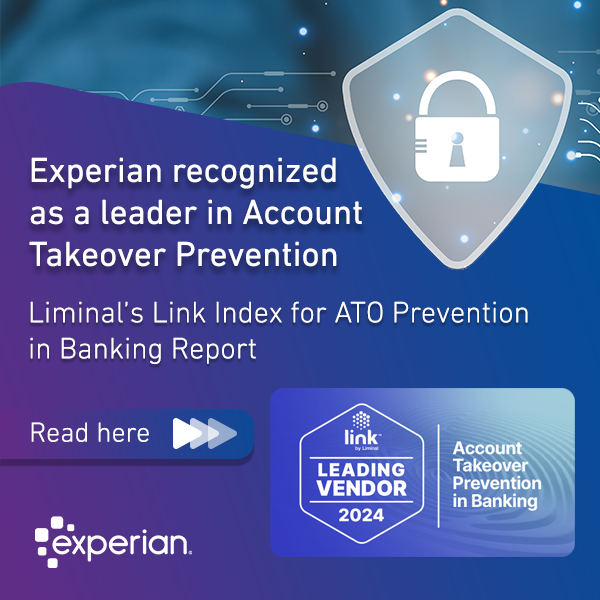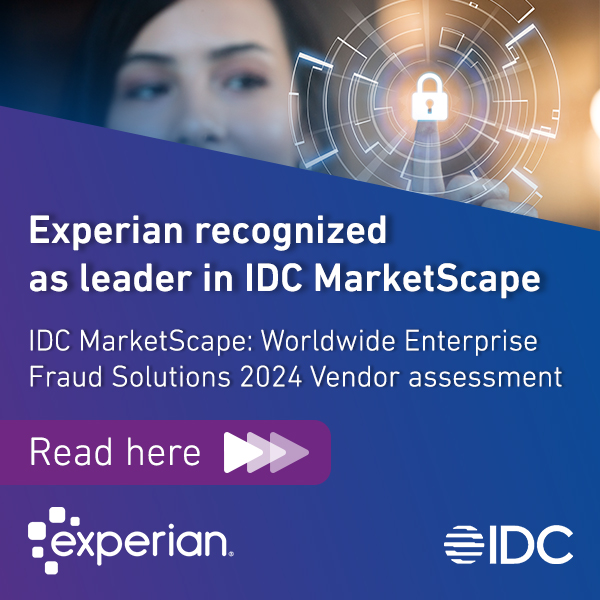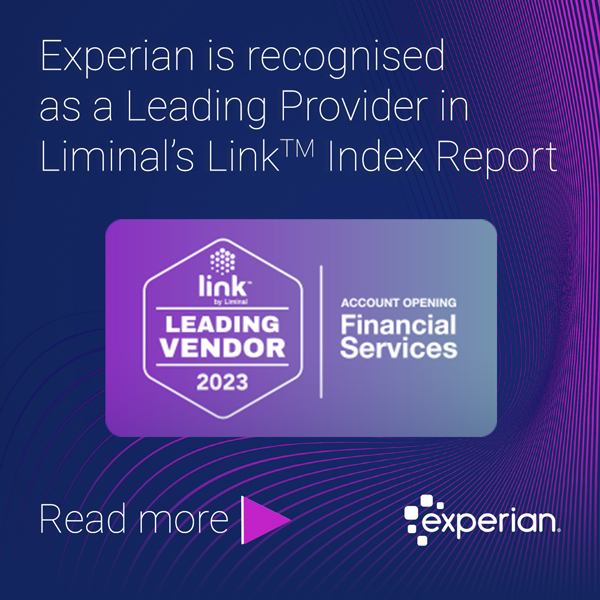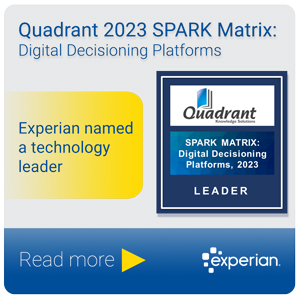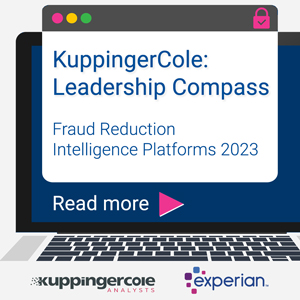
It’s hard to imagine an individual customer volunteering to remember multiple online passwords for various online accounts. Yet, for most of internet history, passwords have served as the backbone of online security and recognition—and given fraudsters easier access to our personal and financial data. Fortunately, our recent report reveals that consumers and businesses are evolving how they think about online recognition and authentication. Passwords are no longer consumers’ preferred method of online security. For the second year, they didn’t even make the top three list of what consumers consider the safest recognition methods.
Instead, consumers are increasingly open to a variety of recognition tools, from physical and behavioral biometrics to one-time passcodes. By providing recognition choices, companies can improve the customer experience, decrease fraud, and ultimately build even more brand trust.
Consumers are moving beyond passwords, but what should come next?
Around the world, consumer fraud concern is rising in tandem with fraud activity. More than half of consumers report that they’re worried about fraudulent online transactions, and 40% say that their concern has grown over the past year. That’s likely because online fraud has become a far too common experience. For instance, 58% of consumers say that they’ve been a victim of fraud or know someone who has been a victim, and 83% of consumers say online security is their top priority.
The awareness has made consumers more interested—and more confident in—emerging online recognition tools. It seems that many are not only tired of passwords but also understand how easily passwords can be compromised. Those surveyed ranked physical biometrics, pin codes delivered to a mobile device, and behavioral biometrics as the safest recognition methods. Notably, consumer confidence in each of the top three methods has increased significantly since 2021.
This confidence in advanced recognition tools spans generations. For instance, 90% of Baby Boomers rank physical biometrics as the most secure, and 82% of Gen Xers and 75% of Gen Z say the same. Meanwhile, 81% of Millennials say behavioral biometrics are the most secure. These survey results suggest that most consumers are aware of fraud risk and willing to explore technologies that make their online transactions safer.
Why recognition choice leads to better business outcomes
Amidst this environment of change, financial service companies have the opportunity to introduce advanced recognition methods. Consumers are showing their willingness to move beyond passwords. But which recognition method should financial service companies choose? Which one will win out over the others?
There’s no one right answer. Consumers rank physical biometrics, pin codes, and behavioral biometrics as their top three preferences; however, there is no runaway leader in the group. Which method consumers prefer depends on what they’re prioritizing. For instance, consumers who want convenience prefer physical biometrics, while people who value security tend to like two-factor authentication.
The ambiguity around preferences allows businesses to introduce choice to their customers. Companies can offer visible methods that give customers access to the newer recognition tools they’re beginning to prefer. Meanwhile, continuing to layer invisible methods that strengthen the overall security profile and enhance the customer experience.
A menu of recognition options speaks to customer sentiments toward emerging technologies and may engender more trust and loyalty to a brand. For example, our 2022 research shows that 59% of consumers say that use of artificial intelligence increases their trust in a company. The key is being transparent about the choiceson offer and the role they play in protecting customer accounts and data. For example, explaining that the data underpinning specific authentication methods never leaves the device can go a long way with customers who may have misguided assumptions or reservations about specific recognition tools.
The orchestration imperative
Implementing choice can help customers improve the perception—and reality—of their online security. But leveraging multiple recognition options can also help organizations to better fight fraud. Multiple options enhance understanding of the customer and enables data analysis that can more easily identify outliers. The numerous data points strengthen recognition efforts, which further reinforces trust.
It’s a virtuous cycle that improves the customer experience and benefits the business. However, implementing multiple recognition methods can be a costly endeavor. Whether using outside vendors or developing and maintaining tools in-house, businesses should be layering recognition tools in the most efficient (and affordable) way.
This is where orchestration tools really help. Creating secure environments for customers and businesses will continue to be complicated. Fraudsters are only getting more creative, and mitigating their impact requires a complex web of solutions that stymies them at various points.
By starting with an orchestration engine, businesses can launch and manage multiple recognition methods more elegantly, using each tool correctly and at the right point in the customer journey. This strategic approach creates a single point of access to fraud and identity solutions, giving a 360-degree view of customer identity and reducing friction across the customer lifecycle.
The days of passwords as the primary recognition tool are waning. Today’s consumers understand the benefit of advanced recognition methods and will use them to increase their security, convenience and privacy. Offer customers choices, and businesses can meet these evolving expectations and decrease fraud risk along the way.
Stay in the know with our latest research and insights:
